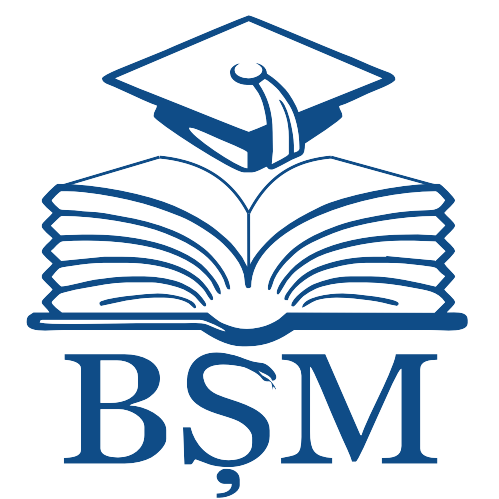|
|
- IRMS - Nicolae Testemitanu SUMPh
- 1. COLECȚIA INSTITUȚIONALĂ
- MedEspera: International Medical Congress for Students and Young Doctors
- MedEspera 2024
Please use this identifier to cite or link to this item:
http://hdl.handle.net/20.500.12710/28826
| Title: | Historical reflections on drinking water: hygienic and social significance |
| Authors: | Curteanu, Maria |
| Issue Date: | 2024 |
| Publisher: | Instituţia Publică Universitatea de Stat de Medicină şi Farmacie „Nicolae Testemiţanu” din Republica Moldova |
| Citation: | CURTEANU, Maria. Historical reflections on drinking water: hygienic and social significance. In: MedEspera: the 10th Intern. Medical Congress for Stud. and Young Doctors, 24-27 April 2024: abstract book. Chișinău, 2024, p. 422. ISBN 978-9975-3544-2-4. |
| Abstract: | Introduction. Drinking water has always been a vital resource for the survival and development
of human societies. Historically, access to clean water has significantly influenced the health,
culture, and social structures of communities.
Aim of study. The study aims to explore how hygienic practices and social perceptions related to
drinking water have historically changed, as well as the impact of these changes on public health
and social structures.
Methods and materials. The analysis is based on an extensive review of historical documents and
socio-cultural studies. The methods include comparative analysis of water treatment practices from
different cultures and eras, and the evaluation of their impact on health and social organization.
Results. The study highlighted a varied evolution in drinking water hygiene. Initially, prehistoric
purification relied on simple sedimentation and sand or gravel filtration, removing visible
impurities but not microorganisms. Ancient civilizations like Egypt and Rome advanced these
methods. Egyptians settled particles from the Nile in cisterns, while Romans used aqueducts and
lead or stone filters. Yet, lacking microbial knowledge, these techniques were limited in disease
prevention. In the Middle Ages, water purification saw little progress. Boiling became common,
recognized for killing certain pathogens despite a lack of understanding of microorganisms. The
Renaissance era, however, marked significant advancements. Distillation techniques improved for
purer water, influenced by early microbial studies. The industrial period brought breakthroughs.
The early 20th century's introduction of chlorination revolutionized water hygiene. John Snow's
19th-century work in London, linking water quality to cholera, spurred filtration and purification
system development. Rapid sand filtration and widespread chlorination significantly cut
waterborne disease rates. The 20th century's growing grasp of microorganisms and chemical
pollutants led to stricter hygiene standards. Techniques like reverse osmosis, effective in removing
salts and contaminants, emerged. Activated carbon filtration became prevalent for chlorine and
organic substance removal. This evolution profoundly influenced public health, drastically
reducing water-related diseases like cholera and typhoid fever, especially in areas with purified
water access. Technological advances also improved drinking water availability in resourcelimited regions, enhancing health standards and life quality.
Conclusion. The study emphasizes that the hygiene of drinking water is a key factor in human
health and development. The evolution of purification methods reflects technological progress and
awareness of health risks, being essential in disease prevention and life quality improvement. |
| metadata.dc.relation.ispartof: | MedEspera: The 10th International Medical Congress for Students and Young Doctors, 24-27 April 2024, Chișinău, Republic of Moldova |
| URI: | https://medespera.md/en/books?page=10
https://repository.usmf.md/handle/20.500.12710/28826 |
| ISBN: | 978-9975-3544-2-4 |
| Appears in Collections: | MedEspera 2024
|
Items in DSpace are protected by copyright, with all rights reserved, unless otherwise indicated.
|


